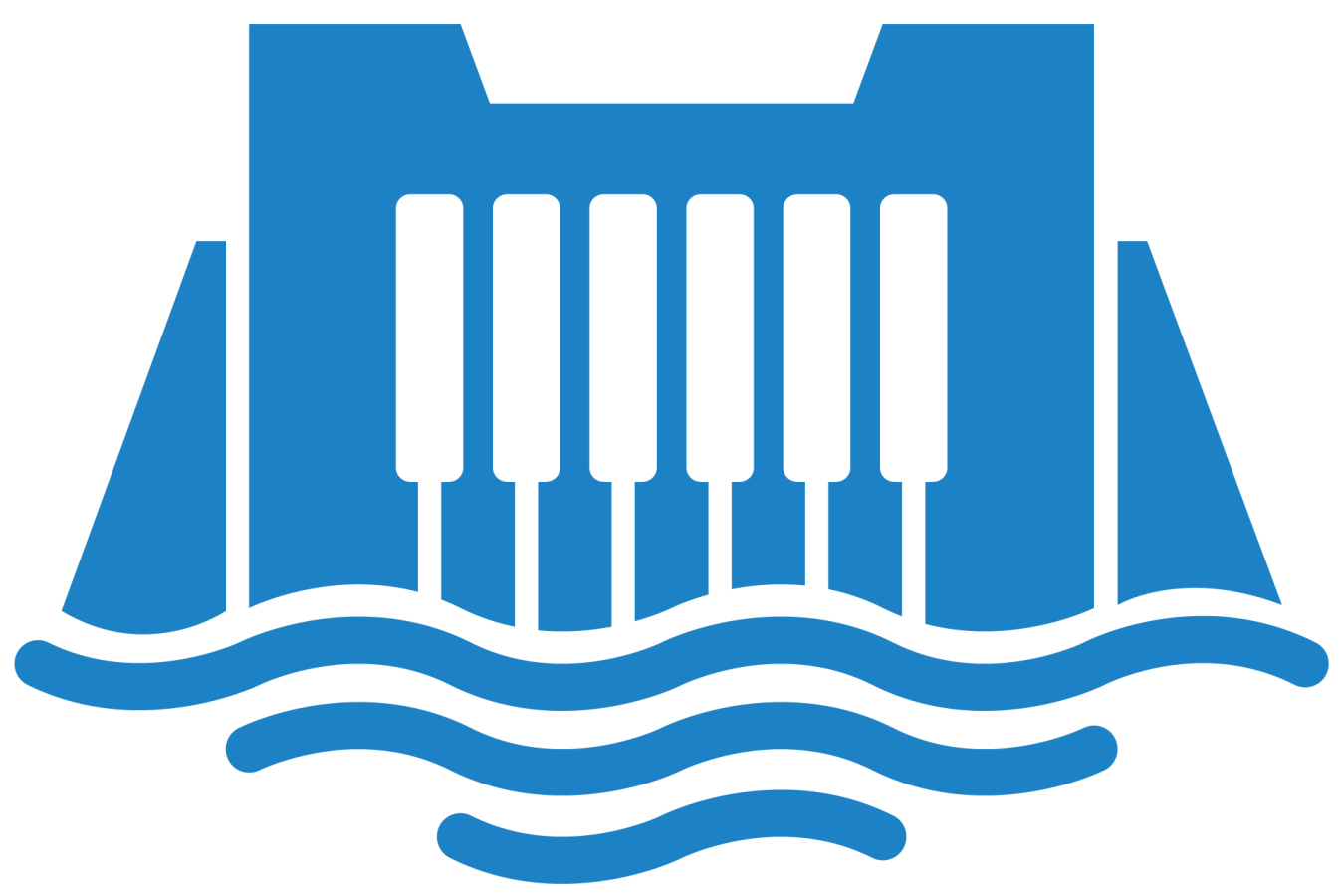Analyses from Argonne National Laboratory and Pacific Northwest Laboratory help hydropower operators and developers better understand how hydropower facilities can integrate and be profitable on the changing electricity grid.
Water Power Technologies Office
March 1, 2023Grid Reliability, Resilience, & Integration (HydroWIRES)
Project Name: HydroWIRES Reports on Pumped Storage Hydropower, Transmission, and Energy Markets
Project Team: Argonne National Laboratory and Pacific Northwest National Laboratory
Lead Recipient Locations: Lemont, Illinois, and Richland, Washington

Researchers at Argonne National Laboratory (Argonne) and Pacific Northwest National Laboratory (PNNL) conducted several analyses to help hydropower operators, developers, and grid planners better understand how hydropower facilities can integrate and be profitable on a changing electricity grid that increasingly relies on variable renewable resources like wind energy and solar power.
As a uniquely flexible and scalable asset, pumped storage hydropower (PSH) can support the electric grid by balancing supply and demand, as well as providing other valued grid services. Two white papers—A Computational Framework for Energy Storage Participation in Transmission Planning with Electricity Market Participation from Argonne and Enabling Principles for Dual Participation by Energy Storage as a Transmission and Market Asset from PNNL—evaluated how to use energy storage technologies like PSH for both transmission benefits and competitive participation in the electricity market. Argonne researchers developed a framework to help PSH project operators determine how their plant can best be a transmission solution, which is a critical input for participating in the transmission planning process.
Meanwhile, the PNNL paper reviewed the current technical barriers that prevent the realization of dual-use energy storage projects that provide both regulated transmission and competitive market services. The paper described principles that dual-use energy storage projects must satisfy to support transmission and market services and identified considerations for regional market operators, utilities, developers, regulators, policymakers, and other stakeholders.
Argonne and PNNL also released two white papers examining ways hydropower can operate in future energy markets with increased solar power and wind energy resources. Price Formation in Zero-Carbon Electricity Markets: The Role of Hydropower, authored by Argonne researchers, looked at how generators could be compensated when the energy they produce is relatively low-cost and how hydropower can respond to the subsequent electricity market challenges and opportunities. It found that hydropower—especially reservoir hydro and PSH—is likely to benefit from market conditions in a zero-carbon system because it can provide flexibility and energy storage in systems with large shares of variable renewable resources.
Meanwhile, Compensation Mechanisms for Long-Duration Energy Storage, written by PNNL researchers, reviewed compensation and business models from around the world including plant ownership structures such as multiple owners and renters, third-party ownership, and subscription lease models. It found that these alternate compensation and ownership models may be needed to incentivize new PSH development in the current regulatory environment.
Grid Reliability, Resilience, & Integration (HydroWIRES) Projects
-
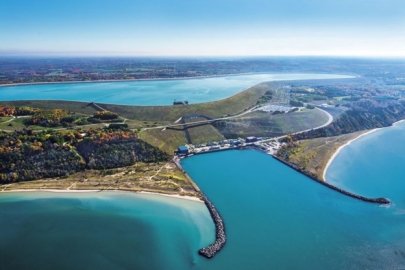 A new optimization model for pumped storage hydropower can help grid operators decide how to distribute a facility’s time between generating power and pumping water to store energy.
A new optimization model for pumped storage hydropower can help grid operators decide how to distribute a facility’s time between generating power and pumping water to store energy. -
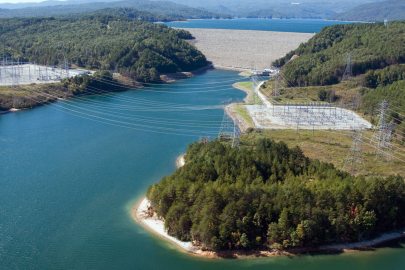 A study on the sustainability of closed-loop pumped storage hydropower identified the technology as a promising solution to grid-scale energy storage.
A study on the sustainability of closed-loop pumped storage hydropower identified the technology as a promising solution to grid-scale energy storage. -
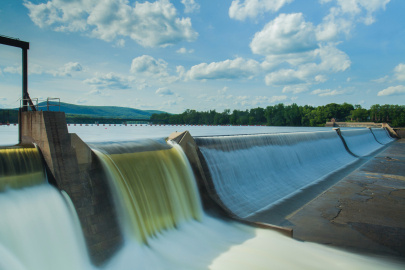 A General Electric Research-led team demonstrated a new hydropower turbine design and monitoring methodology that allows plant operators to adjust power output in a few seconds to meet energy demand without needing to start or stop units.
A General Electric Research-led team demonstrated a new hydropower turbine design and monitoring methodology that allows plant operators to adjust power output in a few seconds to meet energy demand without needing to start or stop units. -
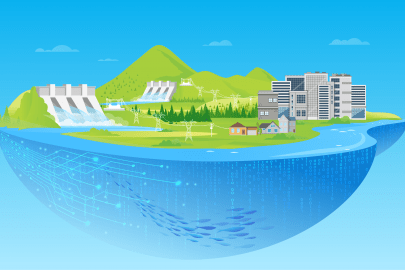 WPTO launched the H2Os Prize, and innovators competed in two prize phases and developed new solutions that can help advance hydropower’s contributions to the grid.
WPTO launched the H2Os Prize, and innovators competed in two prize phases and developed new solutions that can help advance hydropower’s contributions to the grid. -
 Two national laboratory studies found opportunities to expand and innovate pumped storage hydropower in the United States.
Two national laboratory studies found opportunities to expand and innovate pumped storage hydropower in the United States.
WPTO's Hydropower e-newsletter features news on R&D and applied science to advance sustainable hydropower and pumped-storage technologies.
The WPTO e-newsletter brings funding opportunities, events, publications, hydropower, and marine energy updates directly to your inbox.


